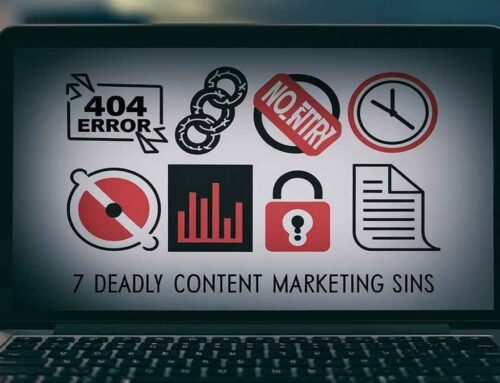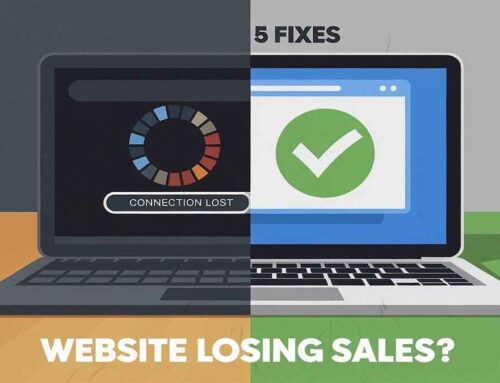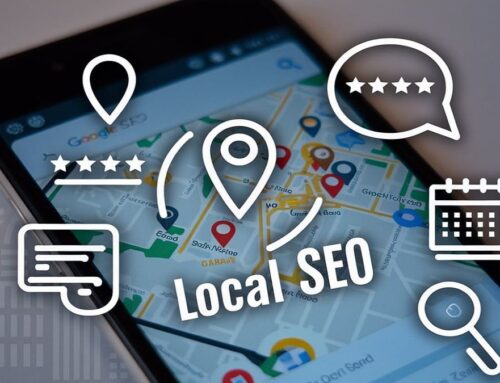
Build a Strong Personal Brand
What does your online presence say about you? In today’s world, your personal brand is more than just your resume or LinkedIn profile, it’s the entire digital footprint you leave behind.
Every post, tweet and comment is part of the story that people will use to define you. Whether you’re looking to grow professionally, start a business or simply make your mark, building a strong personal brand in the digital age is crucial.
But here’s the good news: you’re already halfway there. The fact that you’re reading this means you’re serious about shaping your brand. Now, let’s explore exactly how you can take control of your digital identity and turn it into a powerful asset.
Step 1: Define Your Purpose – Start with Your “Why”
What is your personal brand and why does it matter to you? These aren’t just philosophical questions, they’re the foundation of your brand. Your brand is your promise to the world. It’s what people will come to expect when they think of you, whether they meet you in person or through a screen.
But here’s where it gets personal: Why are you building a brand in the first place? Maybe you want to advance in your career, establish authority in your field or create opportunities for business. Whatever your reason, defining your “why” is the first step in building a brand that resonates with others.
Let me ask you: What do you want to be known for? Take a moment to think about it. When people think of you, what do you want them to say? Write it down, because this purpose will guide every step you take in shaping your brand.
Step 2: Identify Your Unique Value Proposition (UVP)
What makes you, you? In a sea of digital voices, why should someone pay attention to yours? This is where your unique value proposition (UVP) comes in. Your UVP is the intersection of your skills, experiences and values. It’s the core message that sets you apart from everyone else.
Think about your strengths, those qualities that make you stand out. Are you an expert in a niche area? Do you have a distinctive communication style? Or maybe it’s your ability to solve complex problems creatively. Whatever it is, your UVP should highlight how you add value to others.
Ask yourself: What do you offer that no one else does in quite the same way? This is the essence of your personal brand. And once you’ve identified it, everything you do online should reinforce this core message.
Step 3: Craft a Consistent Brand Message
Consistency is key when it comes to personal branding. Think about your favorite brands, whether it’s Apple, Nike or a local coffee shop you love. What draws you to them? Chances are, it’s not just their products but also the consistent message they convey. The same principle applies to your personal brand.
From your social media profiles to your blog posts, every piece of content you share should communicate the same core values and vision. This doesn’t mean you have to talk about the same thing over and over, but there should be a common thread that ties everything together.
Here’s a challenge: Look at your social media profiles, blog and any other online presence you have. Do they all tell the same story? If someone visited each of them, would they understand who you are and what you stand for? If not, it’s time to align them.
Step 4: Leverage Social Media for Your Brand
In today’s digital age, social media is often the first place people encounter your personal brand. Whether you like it or not, your Instagram, LinkedIn, Facebook or Twitter accounts are all parts of your digital reputation. So, how do you use them to your advantage?
First, pick the platforms that best align with your brand. If you’re a photographer, Instagram might be your go-to. If you’re a thought leader in business, LinkedIn might be more appropriate. The key is to focus on the platforms that will allow you to showcase your expertise in the best light.
Second, stay active. The digital space moves quickly and an inactive profile can make you seem out of touch. Post regularly, share valuable content and engage with your audience. But be intentional, don’t post just for the sake of posting. Your content should always add value to your followers.
Let me ask you: Are you showing up where your audience is? If not, it’s time to rethink your social media strategy. Don’t spread yourself too thin. Focus on where you can make the most impact.
Step 5: Build a Personal Website or Blog
While social media is great, having your own personal website or blog gives you more control over your brand. It’s your digital home base, a place where you can showcase your work, share your story and offer more in-depth content than what’s possible on social platforms.
Your website doesn’t have to be flashy, but it should be professional and align with your brand’s message. Include an “About Me” section where you explain who you are and what you do, a blog where you share insights and a portfolio if it’s relevant to your field.
The benefit of a personal website is that it offers permanence. Social media posts can be fleeting, but a well-maintained website establishes credibility and shows that you’re serious about your brand.
Ask yourself: Do you have a digital home base? If not, consider building a website where you can control your message and create deeper connections with your audience.
Step 6: Engage with Your Audience and Network
A strong personal brand isn’t just about broadcasting your message, it’s about building relationships. Engage with your audience by responding to comments, answering questions and sharing insights that spark conversation. The more you engage, the more authentic your brand will appear.
Networking is another critical aspect. In the digital world, networking isn’t limited to in-person meetings or conferences. It’s about connecting with like-minded people online, joining groups, participating in forums and attending virtual events. These interactions help you establish credibility, increase visibility and open up new opportunities.
But here’s the contrast: Are you just consuming content or are you actively engaging? It’s easy to scroll through posts and remain passive, but true growth comes from interaction. Reach out, comment and share your expertise. The connections you make can be invaluable to your personal brand.
Step 7: Showcase Your Expertise with Valuable Content
Content is king, especially when it comes to personal branding. The more value you provide, the more people will see you as an expert in your field. This can take the form of blog posts, social media updates, videos, podcasts or even a newsletter.
Whatever medium you choose, focus on offering content that solves problems or answers questions for your audience. Share your knowledge, provide actionable tips and demonstrate your expertise. This not only builds your brand but also creates trust.
Let me ask you this: What kind of content are you sharing right now? Is it valuable to your audience or is it more about self-promotion? The most successful personal brands focus on giving value first and the rewards naturally follow.
Step 8: Stay Authentic and True to Yourself
There’s a temptation in the digital world to present a polished, perfect version of yourself. But here’s the thing: people can see through that. The most successful personal brands are built on authenticity. People want to connect with real people, not just the idealized versions they see online.
Don’t be afraid to show your personality. Share your successes, but also your challenges and lessons learned along the way. Being authentic builds trust and trust is the foundation of any strong personal brand.
Here’s a question: Are you presenting an authentic version of yourself online? Or are you trying to fit into someone else’s mold? The more genuine you are, the more your audience will resonate with your brand.
Step 9: Monitor and Manage Your Online Reputation
In the digital age, your online reputation can change in an instant. That’s why it’s important to monitor what’s being said about you and how your brand is perceived. This isn’t about being paranoid, but about being proactive.
Set up Google Alerts for your name, check your social media mentions and regularly review what comes up when people search for you online. If you come across anything that doesn’t align with your brand, address it promptly.
You’re in control of your personal brand, but the internet is a vast space. Staying on top of your reputation helps you ensure that what’s being said aligns with the image you want to project.
Step 10: Evolve with Time
Here’s the final step and perhaps the most important one, personal branding is not static. As you grow, learn new skills and gain experience, your brand should evolve with you. What you represent today might not be the same in five years and that’s okay.
The digital age moves fast and so do personal brands. Be open to change and don’t be afraid to pivot when necessary. Keep up with trends, learn new platforms and always look for ways to improve your brand.
Let me ask you this: Is your brand evolving with you or are you stuck in the same narrative? Stay flexible. A strong personal brand is one that grows and adapts over time.
Final Thoughts: You Are Your Brand
At the end of the day, building a strong personal brand in the digital age comes down to one simple truth: you are your brand. Every interaction, post and piece of content contributes to the story you’re telling the world. The more intentional you are about that story, the more powerful your brand will become.
So, how do you want to be remembered? What do you want people to say when they think of you? Your personal brand isn’t something you can afford to leave to chance, it’s one of the most valuable assets you have in today’s interconnected world.
Now that you’ve walked through these steps, it’s time to take action. Building a strong personal brand requires commitment, but it’s a rewarding journey. The digital age offers incredible opportunities for you to stand out, connect with others and establish your authority.
But remember this: your personal brand isn’t built overnight. It’s something that develops over time as you consistently share your values, engage with your audience and evolve your message. Stay patient, stay authentic and keep refining your approach.
As you embark on this journey, ask yourself: Are you ready to own your story and build a brand that truly reflects who you are and what you stand for? The digital age gives you the tools, now it’s your turn to use them to craft the future you want.
You’ve got this. Let’s start building your personal brand today.















Regards! Terrific information!